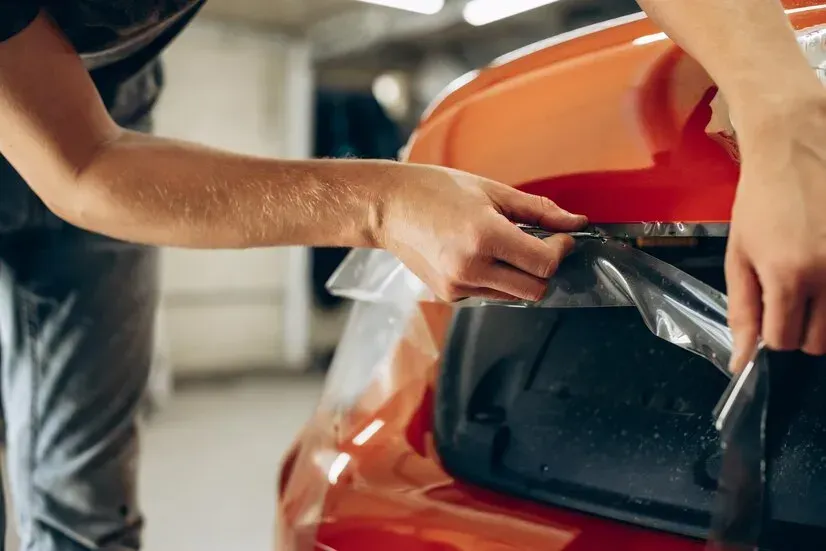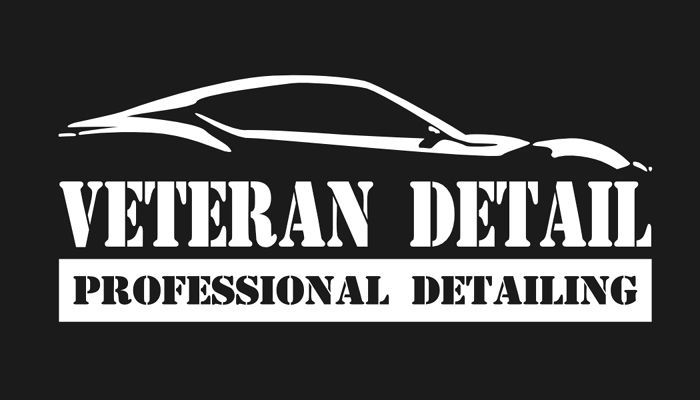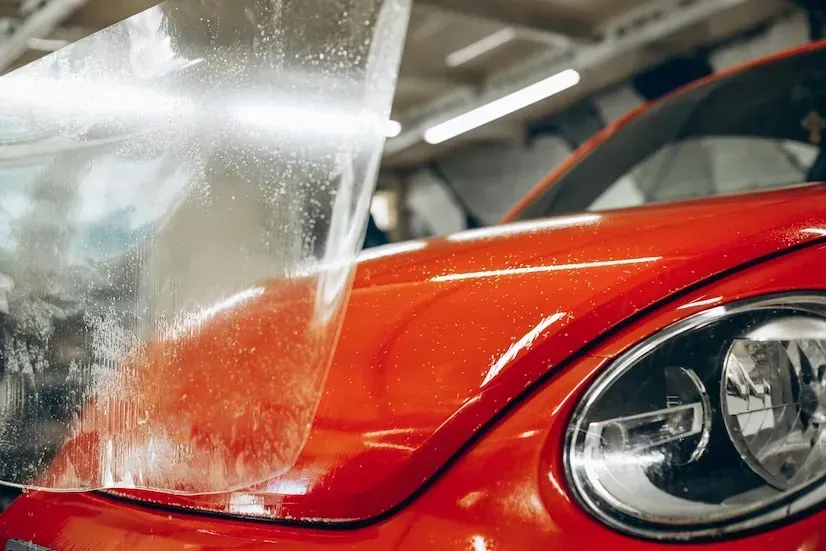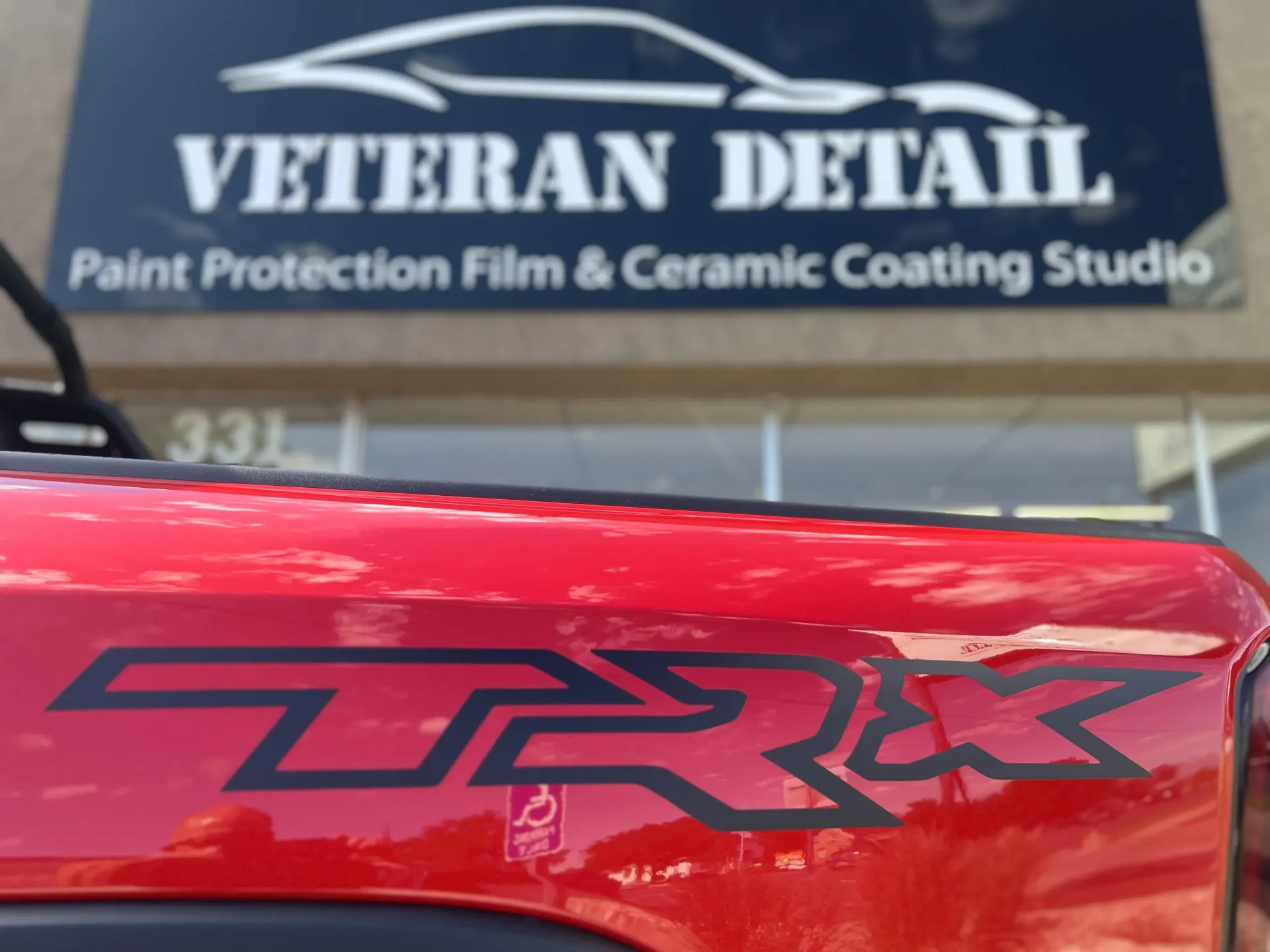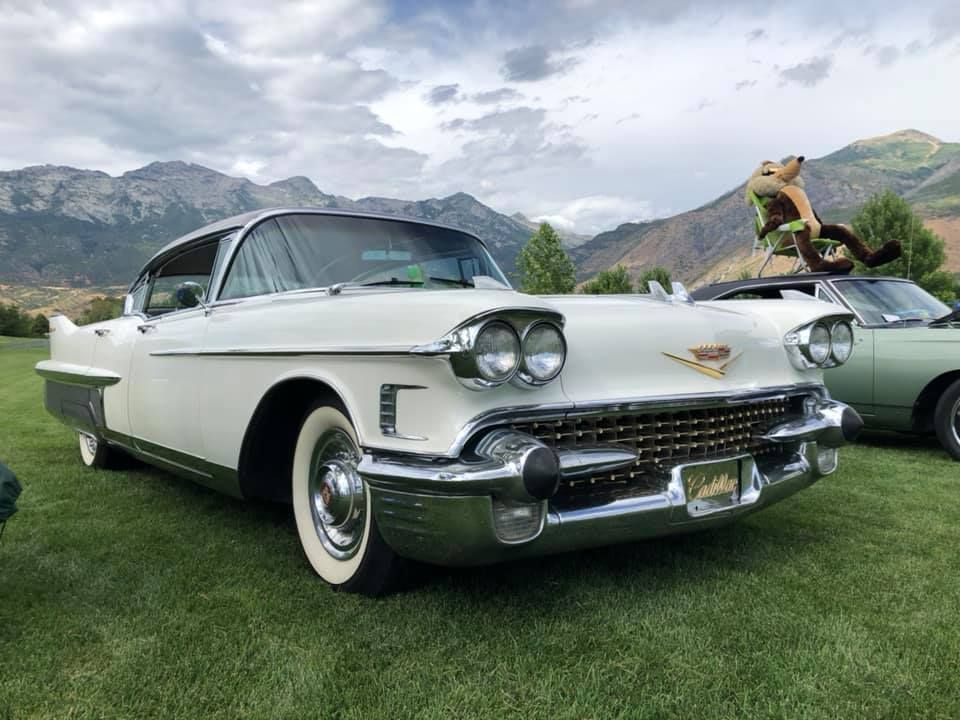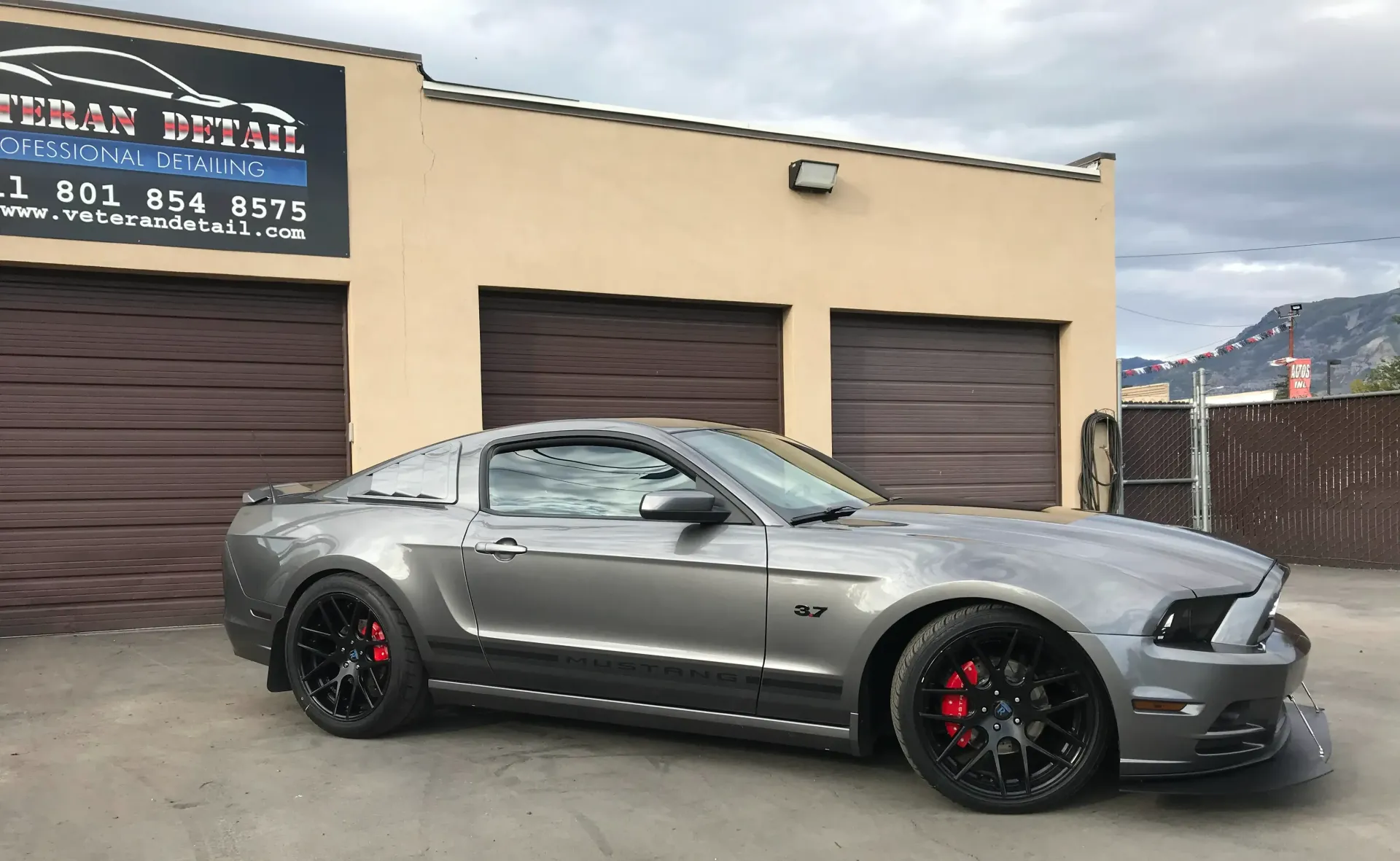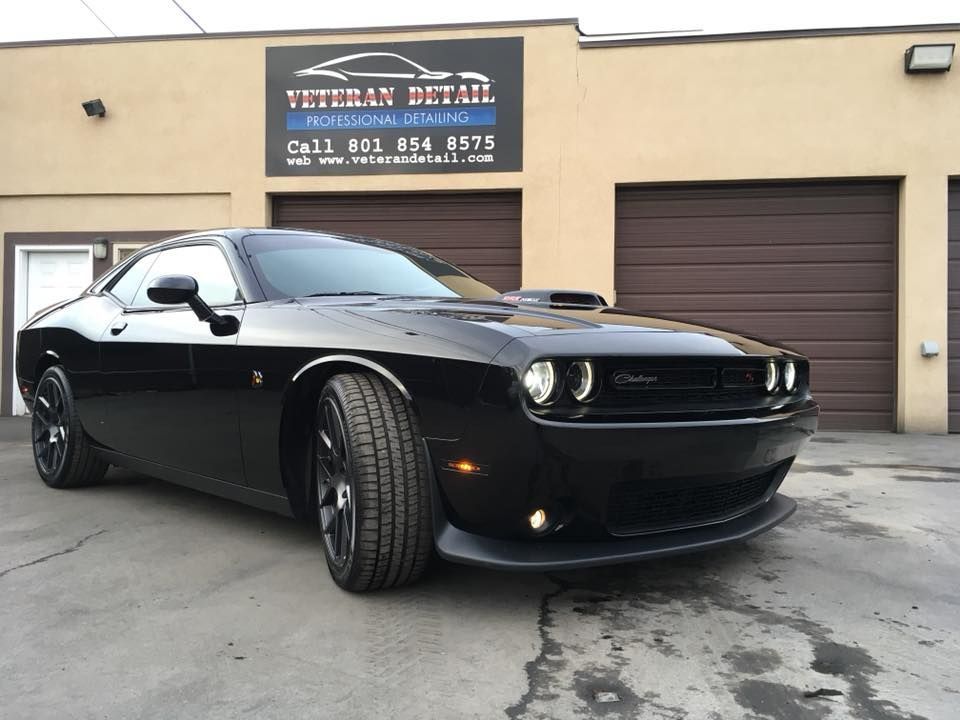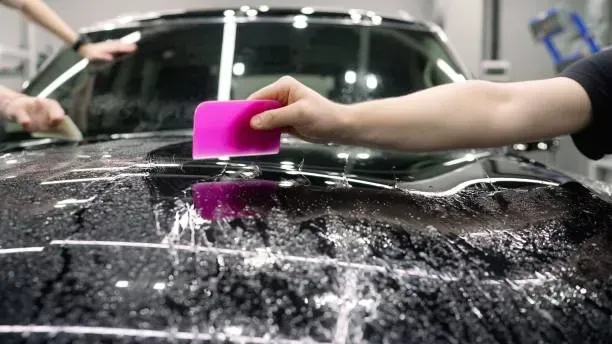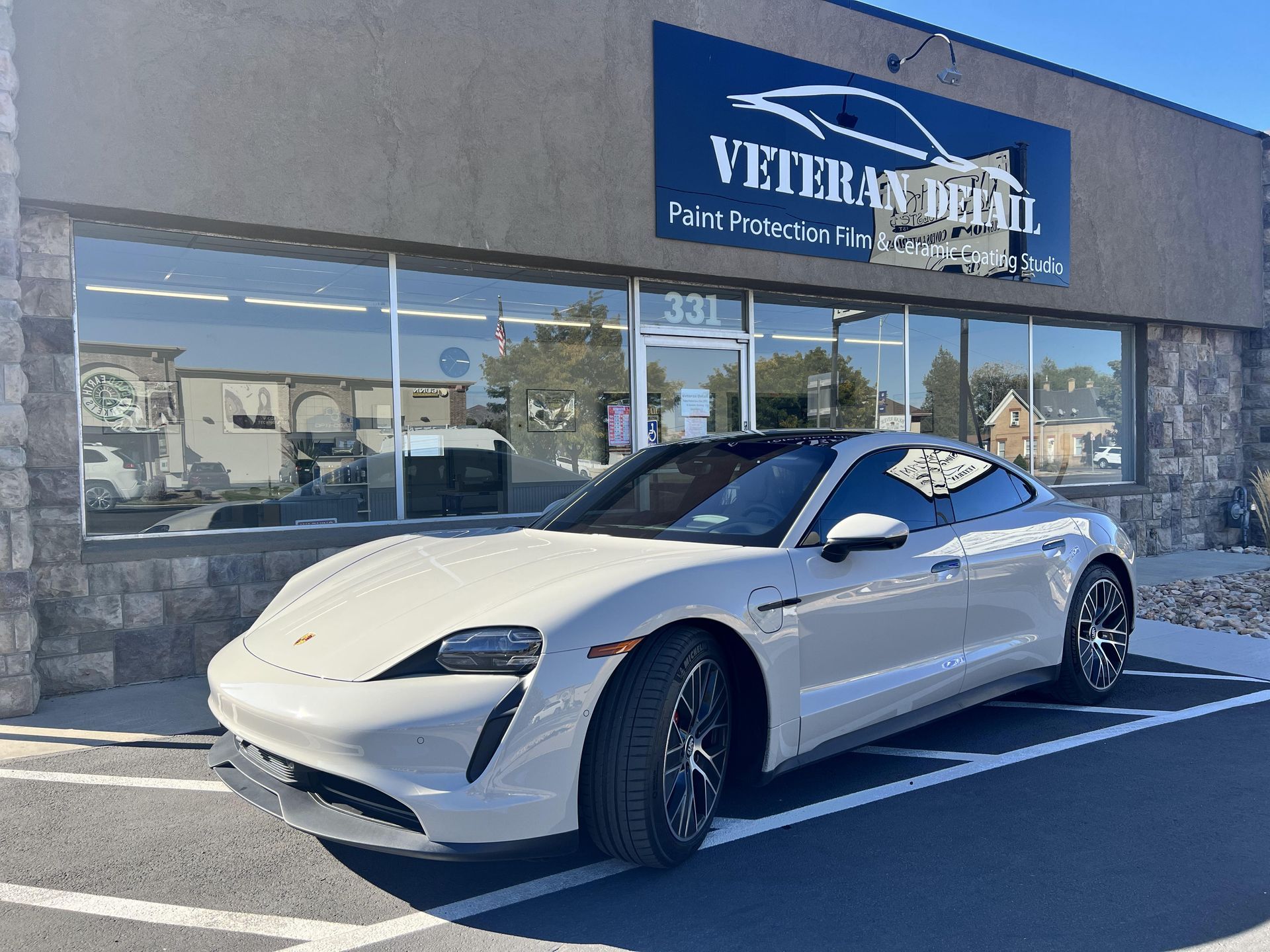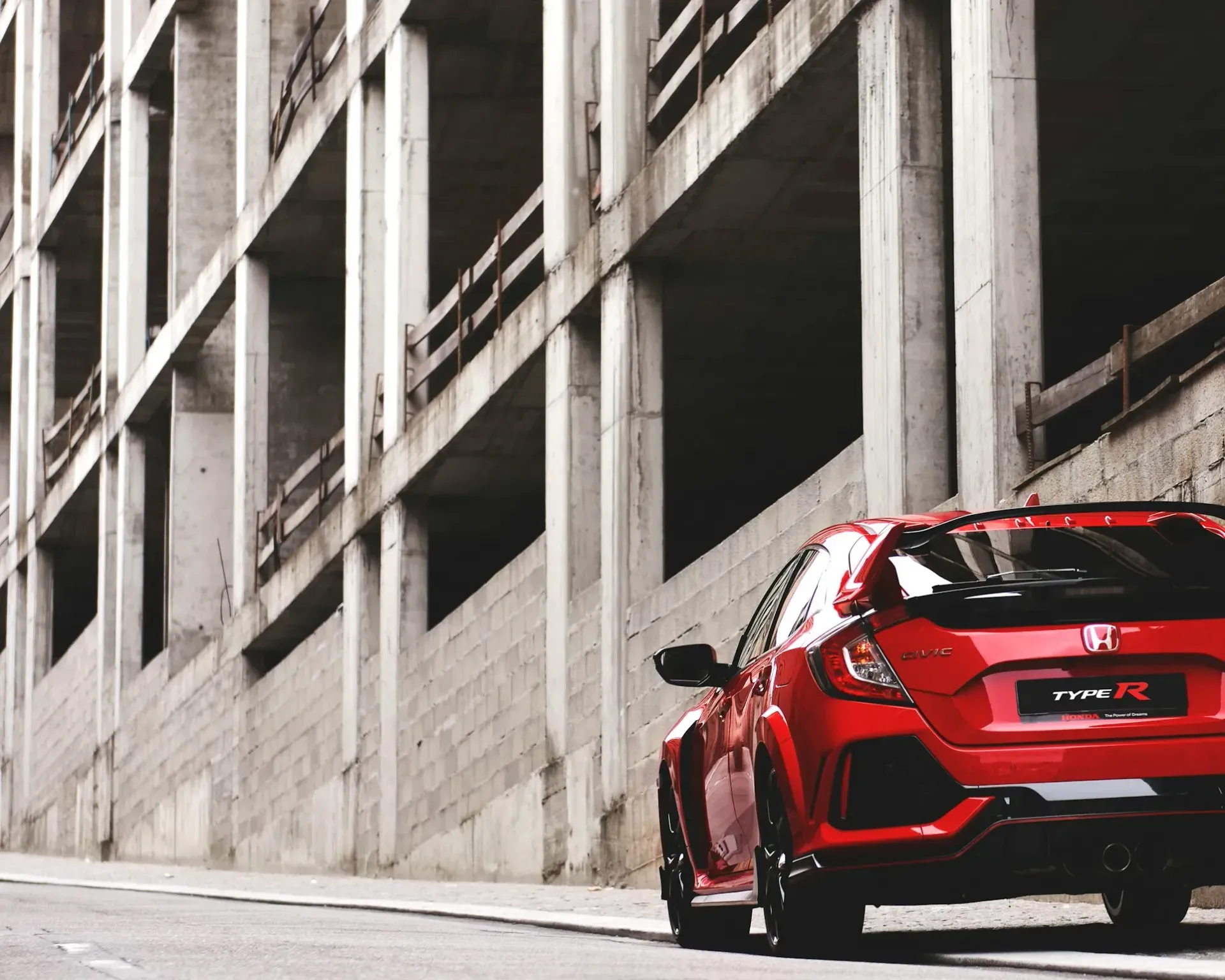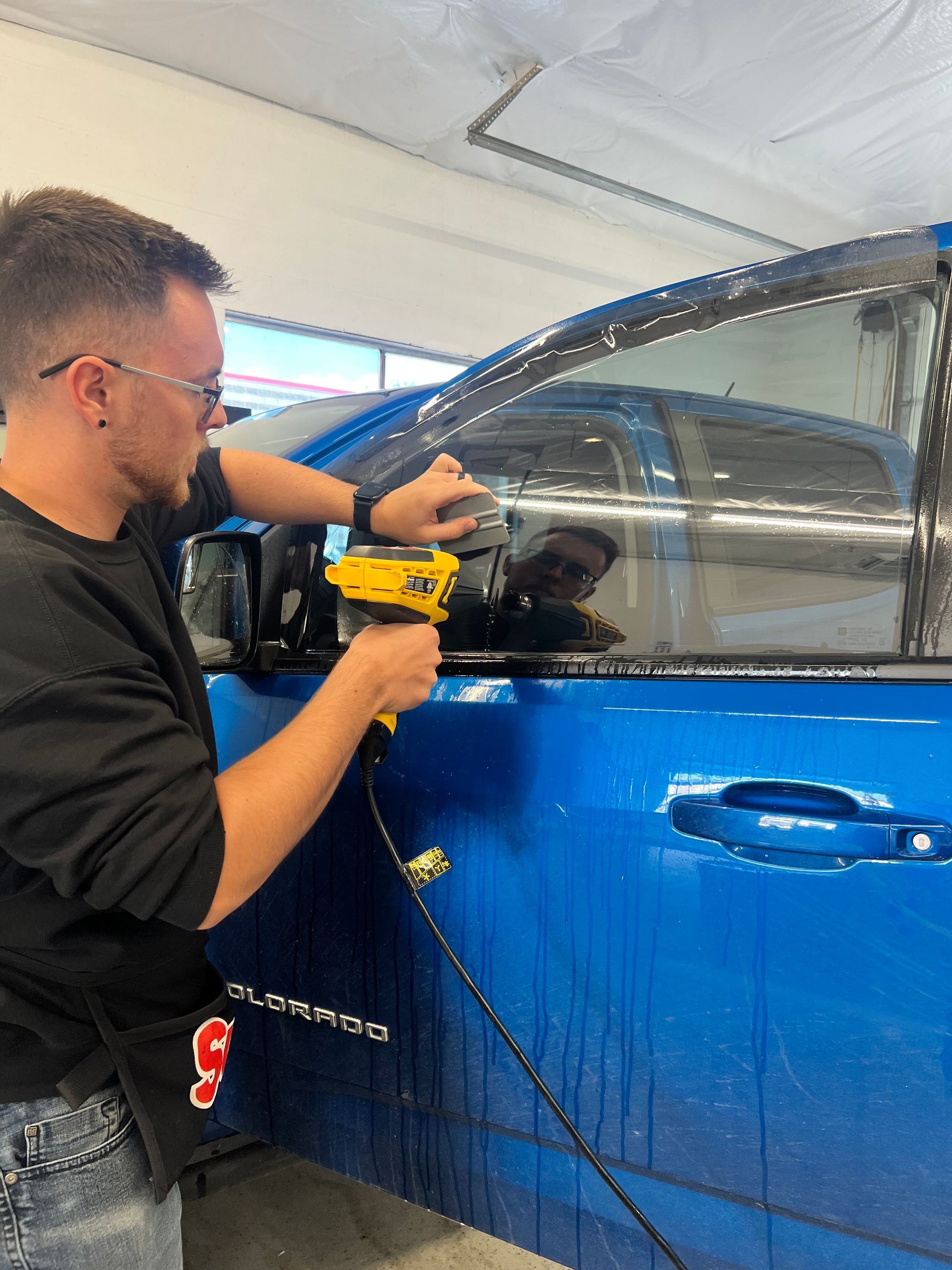
How Much Does Car Window Tinting Cost in Utah?
The cost to tint your car windows in Utah generally ranges from $150 to $400, depending on the type of vehicle and the quality of tint you choose. This price covers everything from standard dyed tints to higher-end options like ceramic and carbon tints.
A common problem many car owners face is not knowing which tint option provides the best value for their money. With so many choices, it’s easy to feel overwhelmed and end up with a tint that doesn’t meet your expectations.
In this blog, we’ll guide you through the average costs, explain the factors that can affect pricing, and compare professional versus DIY tinting options. By the end, you’ll have a clear picture of what to expect and how to make the best decision for your vehicle.
What is the Average Cost of Window Tinting in Utah?
When you're looking to tint your car windows in Utah, it's helpful to know what you might expect to pay. On average, the cost to tint your car windows ranges from $150 to $400. This price can vary based on factors like the type of vehicle, the number of windows, and the type of tint you choose.
Average Cost to Tint a Sedan
For a standard sedan, the cost typically falls between $150 and $250. This price generally covers all windows, including the rear windshield, and uses a standard dyed tint.
Average Cost to Tint an SUV
If you drive an SUV, expect to pay a bit more, with prices ranging from $200 to $350. SUVs have more windows and larger surface areas, which increase the amount of tint material and labor required.
Average Cost to Tint a Truck
Trucks usually fall on the higher end of the spectrum, costing anywhere from $250 to $400. This range can vary depending on the size of the truck and whether you choose a more advanced tint like ceramic or carbon.
Knowing these average costs allows you to budget effectively and helps ensure you’re not caught off guard by unexpected expenses when tinting your car windows.
What Factors Affect the Cost to Tint Car Windows?
The cost to tint your car windows isn’t one-size-fits-all. Several factors can influence the price, making it important to understand what goes into the final cost.
Type of Window Tint
One of the biggest factors affecting the cost is the type of window tint you choose. There are several types, ranging from standard dyed tints to more advanced options like ceramic and carbon tints.
Are there different price ranges for different types of tint?
Yes, there are. Dyed window tints are usually the most affordable, while ceramic and carbon tints can cost significantly more due to their superior heat rejection and durability. For instance, a basic dyed tint might cost you around $150 for an entire car, whereas ceramic tints can push the price up to $400 or more.
Number of Windows
The number of windows you want to tint also plays a role in the cost. More windows mean more material and labor, which naturally increases the price.
How much does window tinting cost per window?
On average, you can expect to pay between $25 to $50 per window. This cost varies based on the size of the window and the type of tint chosen. Larger windows or those with complex shapes might cost more to tint.
Type of Vehicle
The type of vehicle you drive also affects the overall tinting cost. As mentioned earlier, larger vehicles like SUVs and trucks usually require more material and labor, which increases the price compared to smaller vehicles like sedans.
Understanding these factors helps you get a clearer picture of what to expect when you’re planning to tint your car windows, allowing you to make informed decisions based on your specific needs and budget.
What are the Different Types of Car Window Tints?
Choosing the right type of window tint for your car can significantly impact both the performance and the cost. Here are the most common types of car window tints available:
Dyed Window Tint
Dyed window tint is the most basic and affordable option. It uses multiple layers of dye to absorb sunlight and reduce the amount of heat that enters your car. While it’s effective at blocking out light, it doesn’t offer as much UV protection as other types. Dyed tints can fade over time, which may require replacement sooner than other options.
Ceramic Window Tint
Ceramic window tint is a premium option known for its excellent heat and UV ray rejection. Unlike dyed tints, ceramic tints don’t contain any metal, so they won’t interfere with electronic signals like GPS or cell phone reception. Ceramic tints are more durable and maintain their effectiveness longer, but they come at a higher price point.
Carbon Window Tint
Carbon window tint is another high-quality option that provides better UV protection and heat rejection compared to dyed tints. The carbon particles in the tint give it a matte finish, reducing glare and improving the overall appearance of your car. Carbon tints are also fade-resistant, offering long-term durability. However, they are generally more expensive than dyed tints, though typically less costly than ceramic tints.
Understanding these options can help you choose the best tint for your needs, balancing performance with your budget.
How Much Does It Cost to Tint Car Windows Professionally?
Opting for professional window tinting can ensure a high-quality finish that lasts longer, but it also comes with a higher price tag. The cost to have your car windows professionally tinted typically ranges from $200 to $500, depending on the type of tint and the vehicle.
What are the benefits of professional tint installation?
There are several advantages to having your car windows tinted by a professional. First, professionals have the experience and tools necessary to apply the tint smoothly without bubbles or creases. This results in a more polished appearance and better overall performance.
Professional installation also usually comes with a warranty, which can cover issues like peeling, fading, or bubbling. This gives you peace of mind knowing that if something goes wrong, you're covered. Additionally, professionals are knowledgeable about local tint laws and can ensure your car stays within legal limits.
How long does a professional tint job take?
The time it takes to complete a professional tint job can vary depending on the size of the vehicle and the number of windows being tinted. On average, it takes about 2 to 4 hours to tint an entire car. This includes cleaning the windows, cutting the tint film to size, and applying it carefully to avoid any imperfections.
Choosing professional installation might cost more upfront, but the quality and longevity of the tint can make it a worthwhile investment.
DIY Car Window Tint Cost
If you’re considering a do-it-yourself approach, tinting your car windows can be a more budget-friendly option. However, it’s important to weigh the costs and challenges before diving in.
DIY Car Window Tint Pros and Cons
Pros
- Cost Savings: DIY window tint kits are much cheaper than professional installation. You can find kits ranging from $50 to $100, depending on the quality of the tint film.
- Flexibility: You can work on your own schedule without needing to book an appointment.
- Learning Experience: Tinting your own windows can be a rewarding project, especially if you enjoy hands-on work.
Cons
- Difficulty Level: Applying tint can be tricky, especially for beginners. Achieving a smooth, bubble-free finish requires patience and precision.
- Quality of Results: DIY results often don’t match the professional finish. Mistakes like air bubbles, creases, or misaligned film are common.
- No Warranty: Unlike professional installations, DIY tint jobs typically don’t come with a warranty, meaning you’ll need to fix any issues yourself or pay for a re-do.
While DIY tinting can save money upfront, it’s important to consider whether you have the time, tools, and patience to do the job right.
Cost Comparison: DIY vs. Professional
When deciding between DIY and professional window tinting, the cost is a major factor, but it's also important to consider the value you get for your money.
DIY Window Tinting
- Cost: $50 to $100 for a complete DIY kit.
- Value: While the initial cost is low, the quality of the tint job can be hit or miss. Without experience, you might end up with bubbles, creases, or peeling edges. If mistakes are made, fixing them can be costly, potentially negating any savings.
- Time: DIY tinting can take several hours or even a full day, depending on your skill level and the number of windows you’re tinting.
Professional Window Tinting
- Cost: $200 to $500 depending on the type of tint and vehicle.
- Value: Although more expensive, professional tinting provides a higher-quality finish that’s backed by a warranty. Professionals ensure that the tint is applied smoothly and evenly, with no bubbles or creases, and they also adhere to local tinting laws.
- Time: Professional tinting usually takes 2 to 4 hours, much less time than a DIY job, and you won’t have to worry about making mistakes.
In the end, while DIY tinting might save you money upfront, professional installation offers better long-term value with a higher quality finish and peace of mind.
What Is Included in the Window Tinting Prices?
When you’re evaluating the cost of window tinting, it’s important to know what’s included in the price to avoid any surprises down the road. Here’s a breakdown of what you can typically expect to be covered.
Does the warranty affect the overall price of window tint?
Yes, the warranty can significantly affect the price. Many professional tinting services include a warranty in their pricing, which covers issues like bubbling, peeling, and fading for a set period, often ranging from 1 year to a lifetime. Tints with longer warranties or those backed by well-known brands generally cost more, but they offer better long-term value and peace of mind.
Are there additional costs for tint installation?
In most cases, the quoted price for professional window tinting includes the cost of materials and labor. However, there could be additional costs depending on your vehicle’s condition and specific requests:
- Old Tint Removal: If your car has existing tint that needs to be removed, this can add to the overall cost. Removal fees typically range from $50 to $100, depending on the difficulty of the job.
- Complex Windows: Some cars have windows with unusual shapes or sizes, which might require custom cutting of the tint film. This can also increase the cost slightly.
- Premium Tint Options: If you choose a higher-end tint, such as ceramic or carbon, this will naturally increase the price. These tints offer better performance but come at a premium.
Understanding what’s included in the price and any potential extras helps you avoid unexpected charges and ensures you get the best value for your investment.
Conclusion
Window tinting is a smart investment for your vehicle, offering benefits like increased privacy, reduced glare, and protection from UV rays. Whether you choose a DIY approach or opt for professional installation, understanding the costs involved will help you make the best decision for your needs.
If you’re looking for top-quality window tinting services in Utah, Veteran Detail is here!
Serving areas like Utah County, American Fork, Pleasant Grove, Orem, Provo, Alpine, Highland, Lehi, and Saratoga Springs, Veteran Detail offers a range of services, including Car Detailing, Paint Protection Film, Ceramic Coating, Classic Car Detailing, and Black Ops. Their expertise ensures your car will not only look great but will also be protected for the long haul.
Ready to enhance your vehicle with professional window tinting? Contact Veteran Detail today to schedule your appointment and experience the best in the business.
